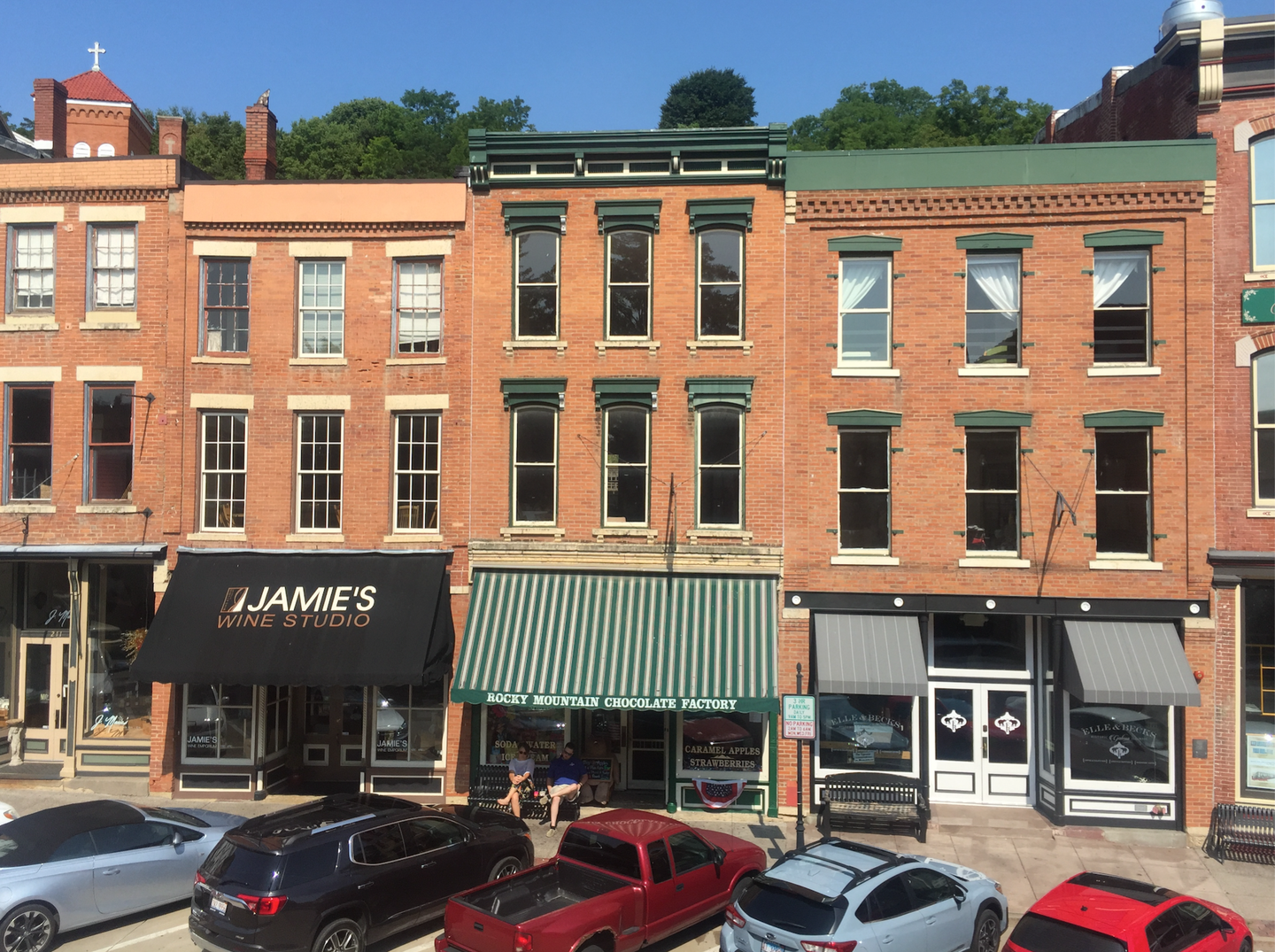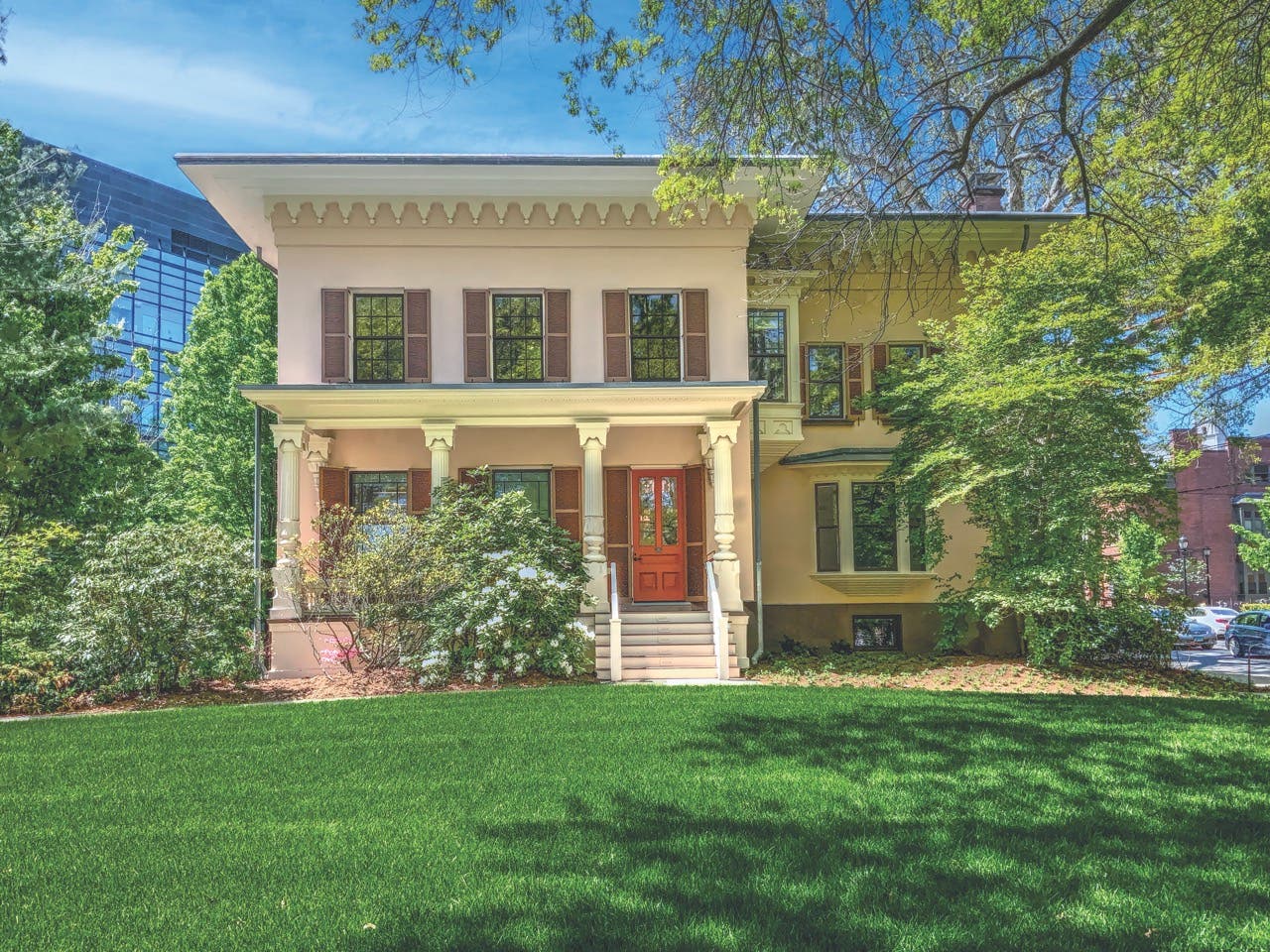
Product Reports
Up to Code
The Model Codes
The International Existing Building Code (IEBC), first published by the International Code Council (ICC) in 2003, is the model code applicable to existing and historic buildings of all occupancy and construction types, whether otherwise governed by the International Building Code (IBC) or the International Residential Code (IRC). The IEBC was created by merging and enhancing the codes or provisions for existing and historic buildings previously published by the three regional model code organizations. The IEBC provides predictability to the code and design process, considers many of the unique conditions presented by existing buildings, and establishes a graduated basis for required improvements.
While the IEBC can be difficult to navigate, it is essential for owners, design professionals, and code officials to understand how to use it effectively.
The ICC publishes 15 model codes which only become law once adopted by the jurisdiction. A jurisdiction may adopt one, many or all the model codes, and is free to update to current editions when desired. Adoption most often includes modifications to the administrative procedures of Chapter 1 to reflect local policy but can also include modifications to any other code section. The model codes are re-issued on three-year cycles: references in this article are to the 2021 International codes.
The IEBC is not a stand-alone document, requiring interaction with the International Building Code (IBC), International Energy Conservation Code (IECC), and ICC 117.1 Accessible and Usable Buildings and Facilities. The International Fire Code (IFC) provides limited retroactive requirements for building rehabilitation in Chapter 11, Construction Requirements for Existing Buildings.
The simpler format of the International Residential Code (IRC), which is applicable to one-and two-family dwellings and townhouses up to three stories in height with separate entrances and their accessory structures, is more of stand-alone document used by residential builders. Establishing requirements for new construction, only Appendix J: Existing Buildings and Structures, which must be independently adopted by the jurisdiction, contains provisions for existing structures. The IRC contains no provisions for historic buildings, even though most properties designated as historic in the U.S. are residential one- and two-family structures.
Choosing a Compliance Method
The IEBC contains four optional code methods, each reflecting a different approach and philosophy based on one of the legacy regional rehabilitation codes. The requirements of IEBC Chapter 3 (accessibility, structural, and flood hazard provisions) are applicable to all code paths. Apart from the “Law-in-effect” compliance method, the designer or applicant selects the compliance method. Given the unique conditions presented by the intersection of construction and occupancy classifications and a project’s proposed scope of rehabilitation work, it is valuable to explore multiple compliance methods to determine which is best suited to a particular project.
• Law-in-Existence. (301.3 Exception). Alteration projects are permitted to comply with the laws in existence at the time the building was constructed, except for accessibility improvements, substantial improvement in flood areas, and structural provisions. This method often works well for buildings of relatively recent construction.
• Performance Compliance Method (Chapter 13). Scoring system with compliance determined by total score received in each of 21 categories. Deficiencies in one category can be compensated for in another. This method can be advantageous in establishing alternatives to sprinklers for small-scale, mixed-use buildings typical of Main Streets.
• Prescriptive Compliance Method (Chapter 5). This method is most similar to the language and approach of the IBC for new construction and includes a direct reference to requirements of the IFC.
• Work Area Compliance Method (Chapters 6-12). The applicability of code requirements is a function of which of four categories of work is proposed by the applicant. In order of increasingly broader scopes of work, these are Alteration Level 1, Level 2, Level 3, or Change of Occupancy. This method, with code stringency increasing proportionally as a function of the scope and extent of proposed work, was a major innovation of the IEBC.
Historic Buildings
The IEBC’s approach to historic buildings varies depending on the selected compliance method. Chapter 3 provides limited relief from the accessibility provisions and is applicable to all code paths. No further allowances for historic buildings exist if using the Law-in-Existence or Performance Compliance Method.
The Prescriptive Compliance Method states that the code applies only to the historic buildings judged by the code official to constitute a distinct life safety hazard (507.2). Additional discretion is granted the code official relative to structural provisions and repair of substantial structural damage (507.4).
In the Work Area Compliance Method, Chapter 12 Historic Buildings provides specific allowances for historic buildings that function as an overlay to the Repair, Alteration, and Change of Occupancy chapters of this method. These allowances range from general provisions for historic house museums to treatment of specific features such as transoms, door swings, stairs, etc. Provisions are either as-of-right or require explicit approval via language stating “…as approved by the code official…” Projects using Chapter 12 may be required to submit a Report documenting historic features and how the performance intent of the code will be met.
Modifications and Alternatives
When a project is best served by solutions not contained in the code, the administrative chapter of the IEBC and other I-codes permits modifications to be accepted if the strict letter of the code is determined by the code official to be impractical, the modification complies with the intent and purpose of the code, and does not lessen health, accessibility, life and fire safety, or structural requirements. A specific process exists for submission of alternative materials, design, and methods of construction and equipment.
Working with the Code Official
The code official may not be fully versed in the options summarized above but, as the “Authority Having Jurisdiction” (AHJ), they are a critical member of the project team. Early-on coordination may result in recommendations for which compliance method might be most appropriate for a given project, identification of local ordinances and procedures, and an indication of other officials who will be involved in a project’s approval, as is often the case with the fire code.
Addressing Barriers, Improving Resilience
Twenty years of experience with the IEBC have demonstrated its value as well as the barriers still faced by existing buildings. This is particularly important now as vacant buildings and vacant upper floors of smaller scale structures on main streets across the U.S. present unequalled opportunities for addressing the nation’s housing shortages and climate change. The infrastructure and building shells exist, and planning approvals may be significantly shorter than required for new construction projects. Other benefits include the creation and strengthening of walkable communities, and the transformation of vacant, underutilized, and unsafe structures to viable, contributing community resources.
To realize the full potential of the existing building stock, the Association for Preservation Technology, Intl. (APT) Technical Committee on Codes and Standards is researching best practices in using the IEBC and proposing code changes to the IEBC. Among the findings are that a project classified as a “change of occupancy” is penalized by needing to meet or exceed most of the provisions for new construction: jurisdictions which accept any previous occupancy or use, and not just the most recent, have removed this significant barrier. The APT Committee advocates for a more user-friendly format; codification of commonly accepted solutions for certain smaller buildings that do not rely on sprinklers; greater acceptance of previously permitted construction materials, techniques and dimensions; a definition for “distinct life safety hazard”; and the inclusion of existing building and historic preservation provisions in the IRC. The committee recently led a workshop on Building Codes on Main Street and continues to add reference materials to apti.org/codes-and-standards.
Further information on these efforts is available through the authors and committee co-chairs: preservationarchitecture@gmail.com and arch419@aol.com.








